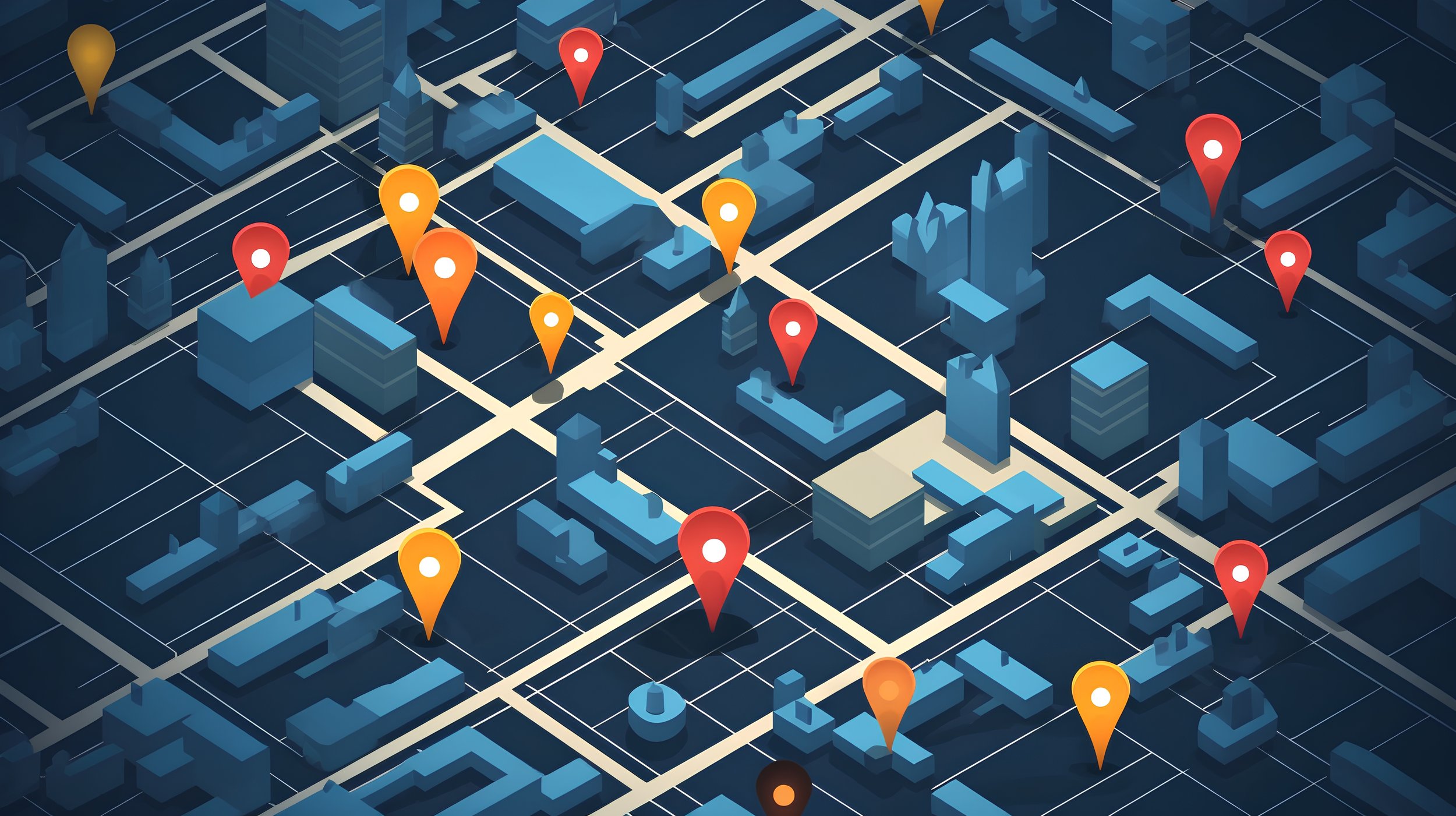The art of geofencing – and why you should be doing it
Maybe you’ve heard of geofencing but you’re not sure what it is and how to wield its power? Don’t worry, you’re not alone. In a nutshell, geofencing is the practice of targeting an audience within a specific physical location using GPS technology and sending them notifications or alerts via display ads, search ads, in-app ads, or notifications.
It’s a way of narrowing down your geographic target area and focusing your advertising dollars on customers who are actually in a position to physically take advantage of your offer, due to their proximity. For example, a store can notify potential customers of a sale on specific products when they are located inside the same shopping centre as the store.
It’s a simple enough concept and can be hugely effective when executed correctly. But there are three golden rules you need to keep in mind to get the most from your campaigns:
1. Keep it tight
Smaller and more focused perimeters are generally more effective when it comes to geofencing. So make an effort to be precise when defining the region you want to focus on. This might mean setting a literal distance (such as a 250m circumference around a certain location) or time-based distance (such as within five minutes drive from the location) to define your space.
2. Keep it specific
Not all audiences are the same and it really pays to narrow down your focus on customers to get the best bang from your advertising buck. Think carefully about the key things that consumers like about your brand and what attracts them to you so you can target the right people. If you’re not sure about how to do this – do some research on your target market! It’s always time and money well spent
3. Keep it actionable
Give your customers something to do – and soon. Geofencing works best when it sparks a sense of urgency, so offer a special deal in return for immediate action, such as 30% off a certain product but on purchases today only. As you’ll be serving this ad to a targeted customer within a specific geographic region (ideally close to one of your retailers) they’ll be perfectly positioned to take advantage of the offer when it pings up on their mobile phone screen, and you’ll chalk up another sale. A win for everybody.
Follow these simple rules and you’ll find geofencing can be an incredibly efficient and cost-effective way of connecting with your customers. You’ll save advertising dollars by funnelling all your budget into connecting with a smaller group of potential buyers who are more likely to buy your product or service because they are literally in the right place at the right time.
Don’t forget – we are all constantly getting served offers and content all day long. So even if a potential customer spots a tempting offer for one of your products that morning, there’s a good chance they’ll have forgotten all about it later in the day when they’re wandering around their local shopping centre. But use geofencing to catch their attention while they’re taking a pause in the food court and scrolling through social, and chances are they’ll head straight over to your retail outlet to take advantage of your offer.
If geofencing sounds like something your business or brand would like to do, but you’re not quite sure how to go about it – get in touch with our team today. At Awaken we have extensive experience setting up and executing highly effective geofencing campaigns and we know exactly how to help you get the most from your budget. Give us a call and let’s start a conversation.






